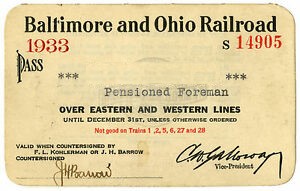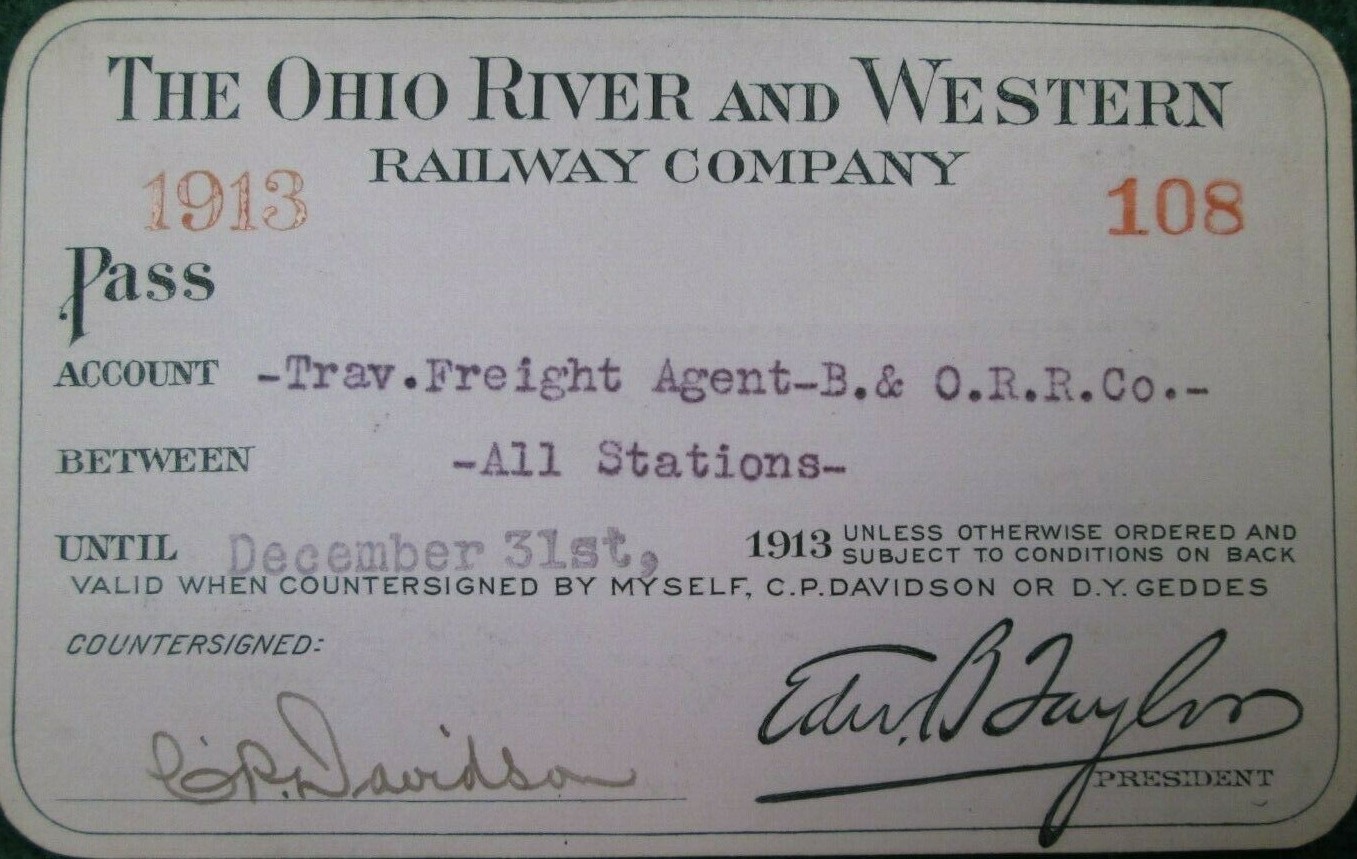



Six operating sessions were completed on the Potomac & Patuxent Railroad (P&P) in 2000. Some of the problems with digital command control (DCC) were alleviated with the installation of Tony’s Train Exchange (TTX) Power Station III circuit breakers. These devices isolate shorts in specific operating sections of the railroad without affecting other areas powered by the same booster. This may be the year that management begins the search for a computer-based system to generate shipping orders and switchlists. The current manual system requires an hour or more of effort to prepare for an operating session.
The MOW crews were out during the summer changing the direction of the crossover at Anacostia Tower (exiting Potomac Yard). The old arrangement was “outside in;” the new arrangement is “inside out.” This allows all trains exiting Potomac Yard to enter Benning on the same track, simplifying switching. A backdrop extension was added to shield viewers from seeing the basement wall when they enter the train room. The Commonwealth of Virgina needs to add a highway overpass to hide the tracks passing through the backdrop. In conjunction with this track re-alignment, Tortoise switch machines were installed to power the turnouts. This change eliminated the last of the GB screw-drive switch machines.
The Baltimore & Ohio Railroad made a major locomotive purchase late in the year. A pair of Atlas F-9s were offered for a very reasonable price. One of the locomotives is a B-unit, kit-bashed from two A-units. These units were being prepared for the Chicago & North Western and were already painted green and yellow. Now, they will be sent to Mt. Clare shops for stripping, painting, and detailing as B&O F-units. The plan is to de-power the A-unit in preparation for the installation of a decoder and sound unit. Some cosmetic changes will be made to make the units represent F-7s instead of F-9s.
The shops at Mt. Clare are also working on re-powering the General Motors Corporation NW-2 that was acquired some years ago. The unit was previously mis-identified as an All Nation, the successor to GMC. A can motor was acquired for the locomotive and a decoder will be installed at the same time.
Two 55-ton two-bay hoppers were added to the roster this year. These hoppers are unique in that they were decaled to match specific B&O class N-41 prototypes that appear in volumes I and II of B&O Steam Finale. The paint shop was very pleased with the results. Earlier in the year, the Mt. Clare shops upgraded an MTH RailKing 3-rail caboose to 2-rail operation. The car in question resembles a B&O class I-6 caboose. Scale trucks and couplers were added and the window frames were painted green. The windows and the cupola aren’t quite right, but the overall look meets P&P standards for “good enough.” Boxcar #499 of the Perrysburg & Maumee Railway was added to the list of private road names operating on the P&P. The P&M Ry is the name that my father used for his HO-scale model railroad (no longer operational). Perrysburg is my hometown and 499 is my parent’s street address. The car is yellow with a black roof, the high school colors. The car is a Weaver PS-1.
During the year, the P&P participated in the Eastern Division of the O Scale Highway Interchange Program (OSHIP). The program did not run as smoothly as I hoped or expected. The cars did not move from railroad to railroad with any regularity. The P&P hosted 3 cars from the other participating railroads (one never made it). The P&P car, boxcar 3875, visited evry particiapting railroad and made it home undamaged. One fellow in the Central Division is still looking for his car.
P&P management is still enamored of On30. As reported in 1999, a Bachmann On30 passenger train was bought and sold. In 2000, management bought an On30 streetcar. Various plans have been put forward for adding streetcar service between Seat Pleasant, MD and Benning, DC.
In October, Chris and I attended the annual convention of the British Region. The region fosters and promotes the activities of British and Benelux modelers working with American prototype railroads. There were numerous sectional and modular layouts operating in the convention hall, a contest room, silent auction, and sales rooms. I attended clinics on using the Internet and DCC; other clinics were offered throughout the day. My only purchase was a Corgi city bus. I spent a good part of the day at the O scale sectional railroad, the Piedmont Southern. The day climaxed with a grand banquet featuring English roast beef and Yorkshire pudding. We were adopted by a couple that we met at supper Friday and they invited us to join their merry group for the banquet. We had a very nice evening.